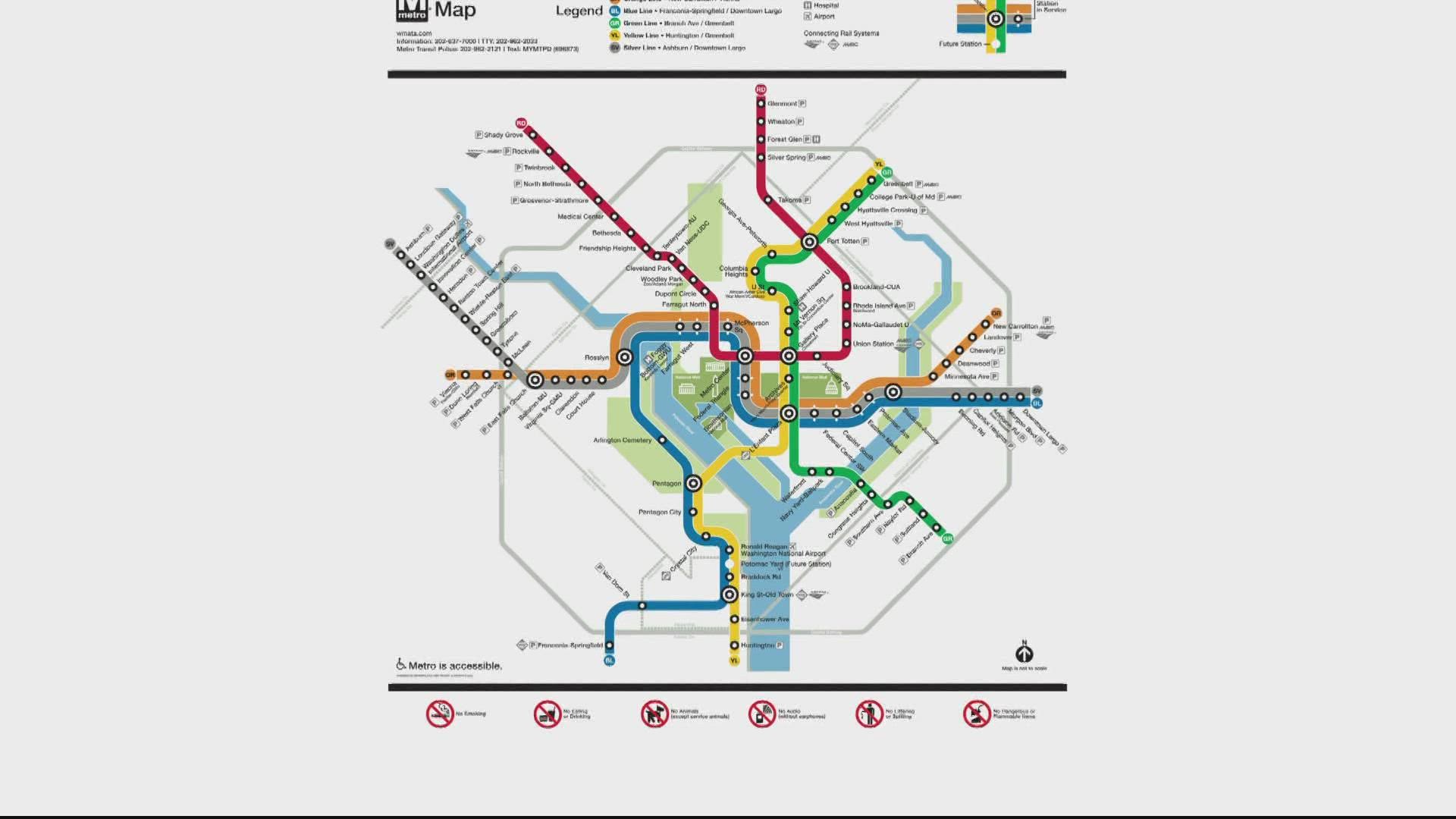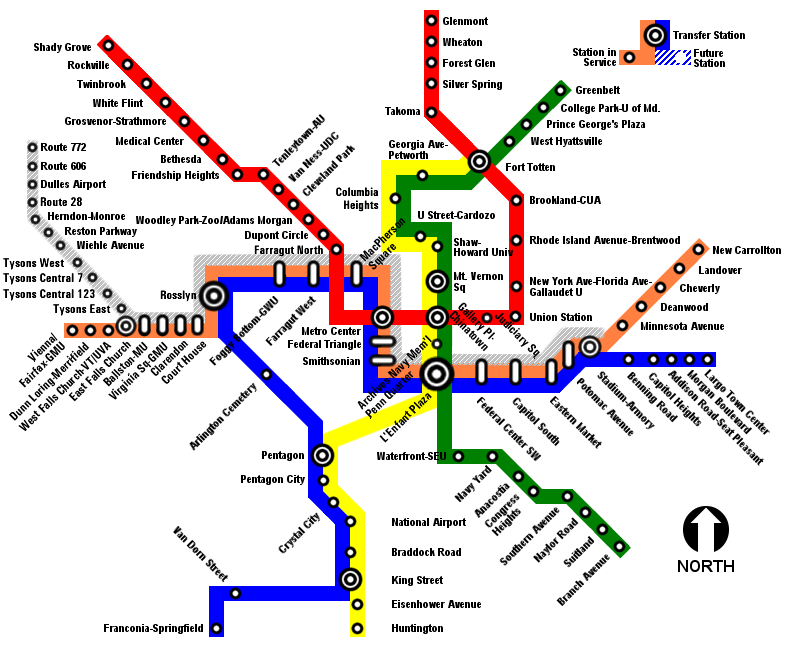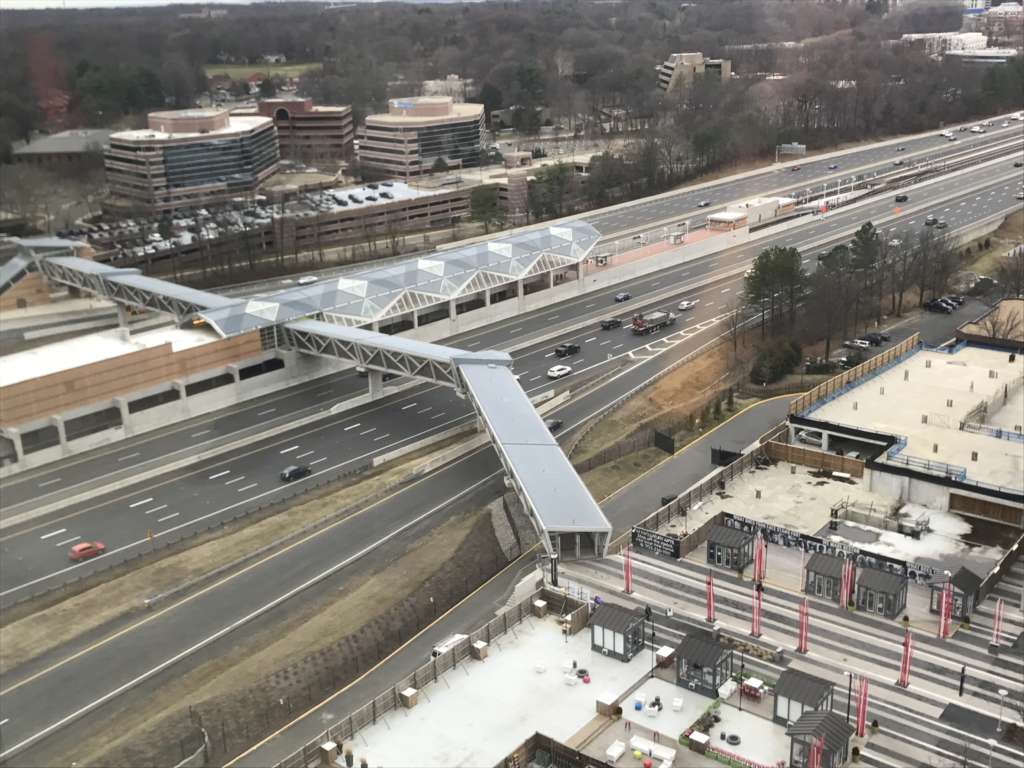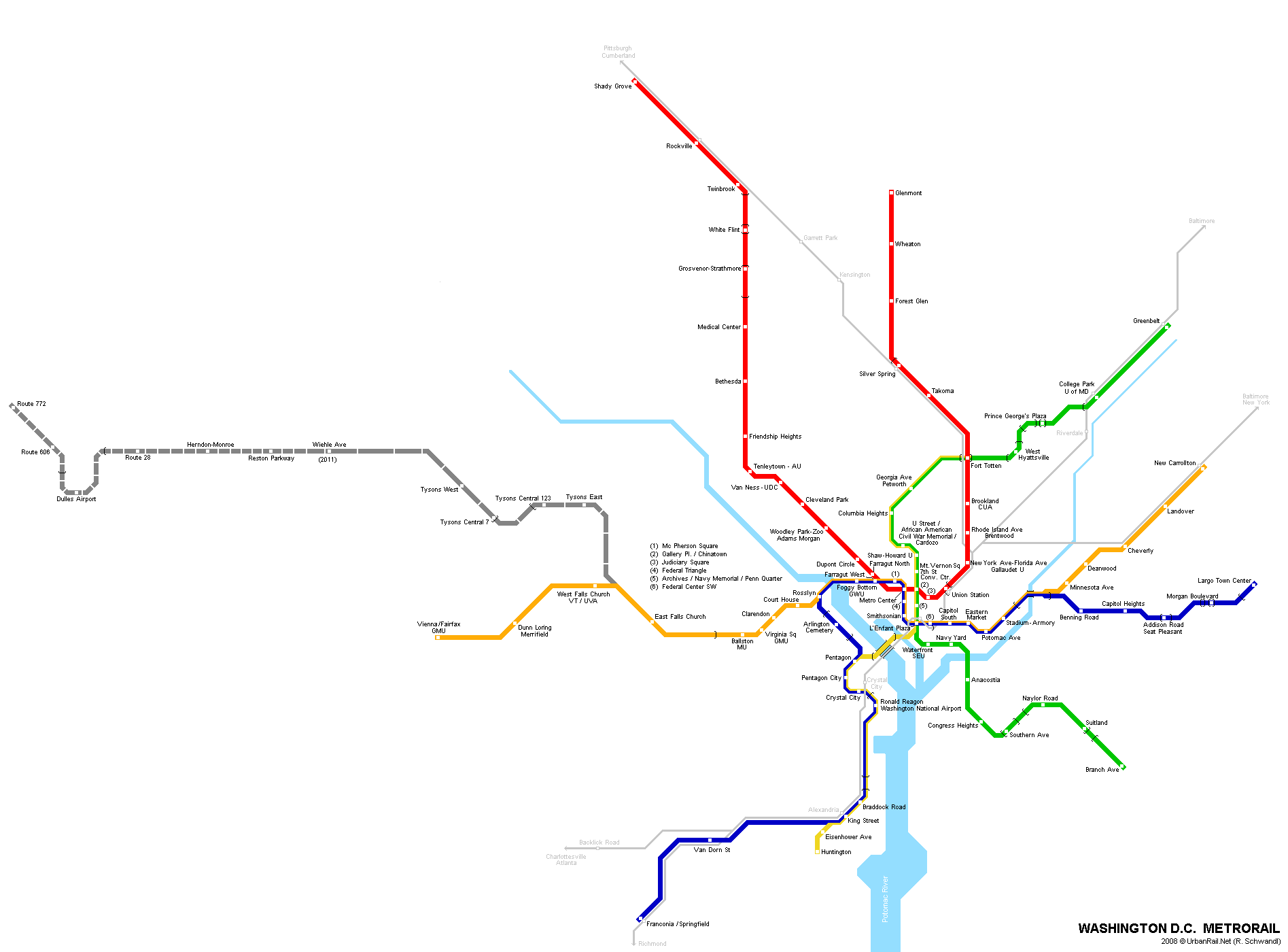The Silver Line: Expanding Horizons in the Washington Metropolitan Area
Related Articles: The Silver Line: Expanding Horizons in the Washington Metropolitan Area
Introduction
With great pleasure, we will explore the intriguing topic related to The Silver Line: Expanding Horizons in the Washington Metropolitan Area. Let’s weave interesting information and offer fresh perspectives to the readers.
Table of Content
The Silver Line: Expanding Horizons in the Washington Metropolitan Area

The Washington Metropolitan Area Transit Authority (WMATA) Silver Line, a 23-mile extension of the existing Metrorail system, represents a significant advancement in public transportation infrastructure for the Washington D.C. region. This extension, spanning from the existing Wiehle-Reston East Station to Dulles International Airport and beyond, has revolutionized commuting and travel for residents, businesses, and visitors alike.
A Journey Through Innovation and Progress:
The Silver Line’s development was a complex undertaking, requiring extensive planning, engineering, and construction. The project faced numerous challenges, including environmental considerations, land acquisition, and financial constraints. However, its completion signifies a testament to the dedication and collaboration of various stakeholders, including government agencies, private companies, and community members.
Unveiling the Silver Line’s Impact:
The Silver Line’s impact on the region is multifaceted and far-reaching. It has significantly enhanced connectivity, reduced congestion, and spurred economic growth.
- Connectivity: The extension provides direct access to major employment centers, including Dulles International Airport, Tysons Corner, and Reston. This enhanced connectivity has facilitated commuting, reducing reliance on personal vehicles and easing traffic congestion on major highways.
- Economic Growth: The Silver Line has catalyzed economic development along its corridor. New businesses, hotels, and residential developments have emerged, attracting investment and creating job opportunities. The availability of convenient and reliable public transportation has made the area more attractive for businesses and residents alike.
- Environmental Sustainability: By providing a viable alternative to driving, the Silver Line has contributed to a reduction in greenhouse gas emissions and air pollution. This aligns with the region’s commitment to sustainability and environmental protection.
Navigating the Silver Line:
The Silver Line boasts a modern and efficient design, featuring:
- State-of-the-Art Stations: The stations along the Silver Line are designed with accessibility, comfort, and aesthetics in mind. They offer amenities such as escalators, elevators, and platform screen doors for safety and convenience.
- High-Capacity Trains: The Silver Line utilizes modern railcars with increased seating capacity, ensuring comfortable and efficient transportation for passengers.
- Advanced Technology: The Silver Line incorporates advanced technology for communication, safety, and operations, including automatic train control and passenger information systems.
Exploring the Silver Line’s Reach:
The Silver Line’s reach extends beyond the immediate vicinity of its stations, impacting various communities and industries:
- Dulles International Airport: The Silver Line provides direct access to Dulles International Airport, connecting travelers seamlessly to the region’s transportation network. This has significantly enhanced the airport’s accessibility, attracting more airlines and passengers.
- Tysons Corner: The Silver Line has transformed Tysons Corner into a thriving mixed-use hub, with new office towers, residential complexes, and retail centers. The area has become a major employment center and a vibrant destination for shopping and dining.
- Reston: The Silver Line has facilitated growth in Reston, a technology and innovation hub. The extension has attracted new businesses and residents, contributing to the area’s economic vitality.
FAQs about the Silver Line:
Q: What are the operating hours of the Silver Line?
A: The Silver Line operates daily, with service starting early in the morning and continuing until late at night. Exact operating hours may vary depending on the day of the week.
Q: How much does it cost to ride the Silver Line?
A: Fares for the Silver Line are based on the same system as the rest of the Metrorail system, with fares varying depending on the distance traveled.
Q: Are there any accessibility features on the Silver Line?
A: Yes, all Silver Line stations are fully accessible, with elevators, ramps, and other features to accommodate passengers with disabilities.
Q: What are the transfer options available on the Silver Line?
A: The Silver Line offers convenient transfers to other Metrorail lines at various stations, including the Orange Line, the Blue Line, and the Yellow Line.
Tips for Riding the Silver Line:
- Plan your trip in advance: Use WMATA’s Trip Planner to determine the best route and estimated travel time.
- Purchase a SmarTrip card: A SmarTrip card allows for convenient fare payment and reduces the cost of each trip.
- Arrive early: Allow ample time for travel, especially during peak hours.
- Be aware of your surroundings: Stay vigilant and report any suspicious activity to transit officials.
Conclusion:
The Silver Line represents a significant investment in public transportation infrastructure that has transformed the Washington D.C. region. Its impact is felt in various sectors, including transportation, economy, and environment. As the Silver Line continues to evolve, it promises to further enhance connectivity, promote economic growth, and contribute to a more sustainable future for the region. Its success serves as a model for future transit projects, demonstrating the transformative power of public transportation in shaping the landscape of urban areas.








Closure
Thus, we hope this article has provided valuable insights into The Silver Line: Expanding Horizons in the Washington Metropolitan Area. We thank you for taking the time to read this article. See you in our next article!